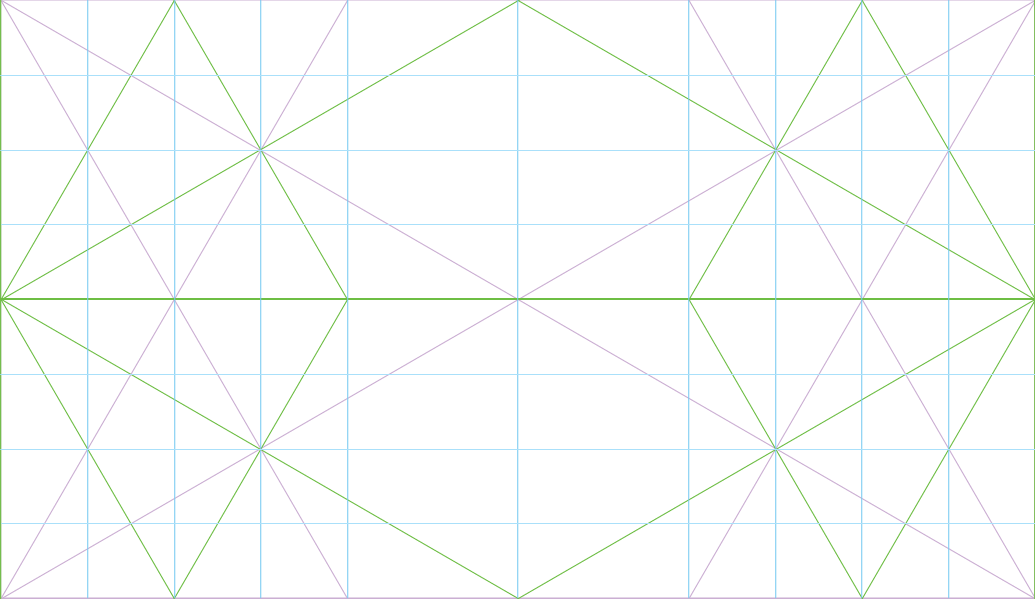Proprioception
Proprioception is the perception or awareness of the position and movement of the body. Our ability in proprioception allow us to know where we are in space, that I am able to walk through a doorway. Being inebriated can seriously affect ones proprioception!Applicable areas: #VR; #XR; #AR
Exteroception
Exteroception is the experience of what is outside our bodies in the environment. It is experienced through our senses, eyes, ears, taste, touch. What's outside of me and how that impacts my embodiment.From APA Dictionary of Psychology, exteroception is "sensitivity to stimuli that are outside the body, resulting from the response of specialized sensory cells called exteroceptors to objects and occurrences in the external environment." (2022)
Applicable areas: #VR; #XR; #AR
Interoception
Interoception is a felt inner sense, for example, anxiety, burning stomach, needing the loo, thirst, orgasm, etc.From APA Dictionary of Psychology, exteroception is "sensitivity to stimuli inside the body, resulting from the response of specialized sensory cells called interoceptors to occurrences within the body (e.g., from the viscera)." (2022)
Applicable areas: #VR; #XR; #AR
Pause for Thought
We are always taking things in from the outside which impacts how we feel inside. For example, a loud noise may cause feelings of anxiety.
Our senses are constantly filtering information coming from the outside. Not only do we filter information, but we also prioritise information. For example, I am able to tune out the radio in the kitchen so I can focus my attention to type this sentence. If I were unable to filter certain inputs I would be overwhelmed by the outside world. It is said that people with autism find it difficult to filter exteroceptions, for example, a dog barking, a car driving past on the road. Each of the inputs have equal weight on the internal experience.
This filtering is important for our abilities to function in the world. However, could it be the case that important, relevant aspects are being ignored, that the baby out with the bath water. For example, I may may ignore feelings of thirst because I am focussed on my work, which could lead to having a headache at the end of the day. Mindfulness teaches us to tune into these important, relevant, vital aspects, to pay attention to our interoceptive environments, to notice how our bodies are reacting in situations and environments.
Haptics
Haptics is any form of interaction involving touch. It can refer to: Haptic communication, the means by which people and other animals communicate via touching. Haptic perception, the process of recognising objects through touch.In virtual reality there is a lack of the feedback from the objects in the virtual world, for example holding a ball in VR does not (yet) provide weight or pressure feedback.
Active Haptics involve senses and controls, such as buzzers. Passive Haptics involve no electronics, circuitry, or control. e.g. include passive haptics mapped to VR environment, e.g. pit experiment, plank of wood on floor that act as a physical "precipice", when reaching edge of plank the VR world opens to reveal a precipice, this plank provides a realistic feeling of actually arriving at the edge of something extremely high. Using a passive haptic can massively affect a users experience.
Heuristic
A dictionary definition of Heuristic is:
Enabling someone to discover or learn something for themselves.
And another:
"Heuristics are mental shortcuts that allow people to solve problems and make judgments quickly and efficiently. These rule-of-thumb strategies shorten decision-making time and allow people to function without constantly stopping to think about their next course of action." (verywellmind.com)
So from these, a heuristic is a method or process with which to solve problems, to discover, to learn something. They reduce mental effort needed to make decisions. They simplify complex and difficult questions. They're a fast and accurate way to arrive at a conclusion. They help with problem solving.
Drawbacks of heuristics could be that they lead to cognitive bias.
But what does Heuristics have to do with UX and HCI?
Heuristic Evaluation is a type of expert based usability testing. Nielsen Norman Group (NNG) defines a heuristic evaluation as:
"heuristic evaluation involves having a small set of evaluators examine the interface and judge its compliance with recognised usability principles (the 'heuristics')."
In short, a heuristic is a usability principle.
Here is a link to Jacob Nielsen's "10 usability Heuristics for User Interface Design". The usability of an interface design would be judged according to these usability heuristics.
Telemetry
Telemetry is the automated collection of data and its wireless transmission from distant sources. This can relate specifically to Digital Twins in which data is collected from a real world object, for example, and this data is then transmitted to it's digital twin counterpart. The word is derived from Greek: tele = "remote", and metron = "measure".
References
Baytaş, Mehmet Aydın. 2022. The Origin and Purpose of Research through Design [E13]. Available at: https://youtu.be/wLcz8GTDFYI [accessed 23 Sept 2022].


